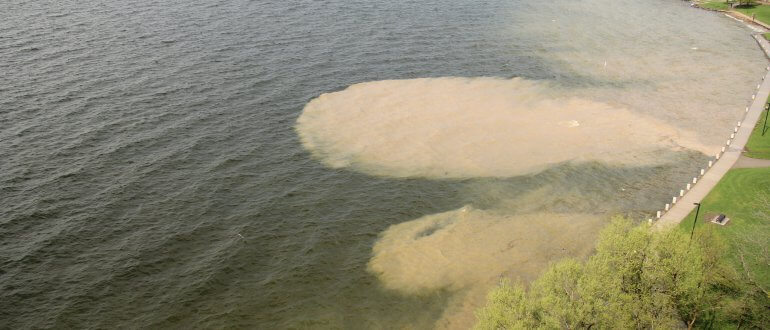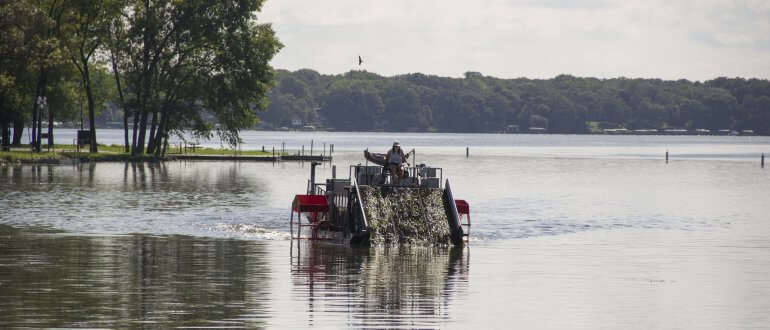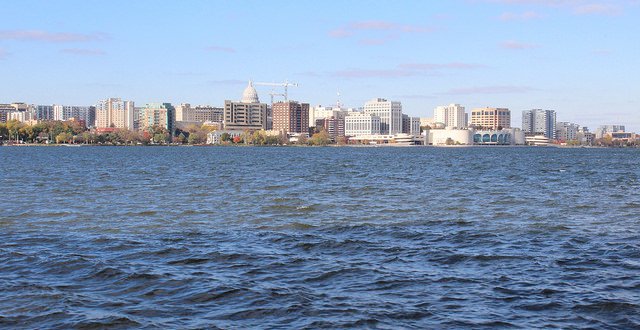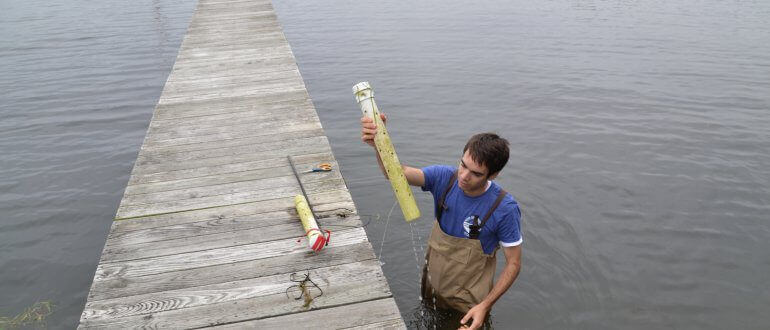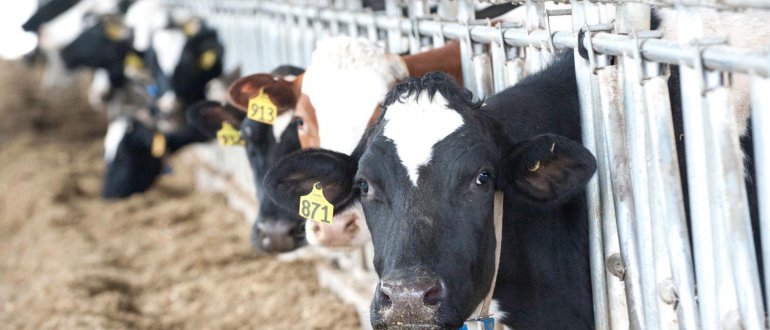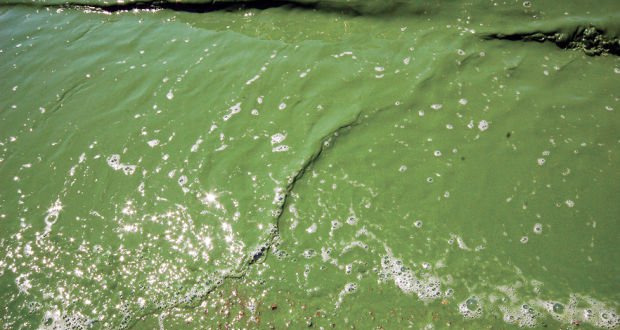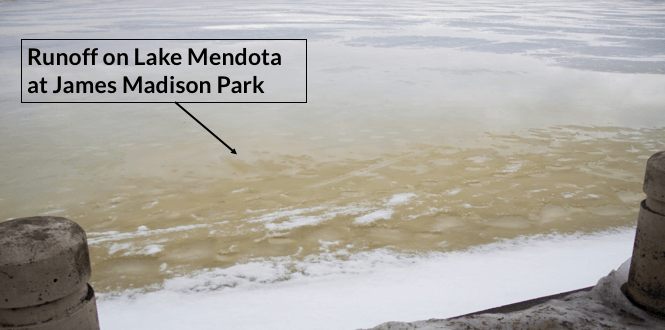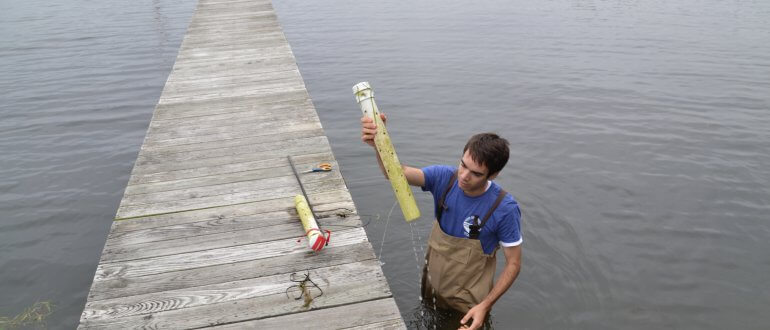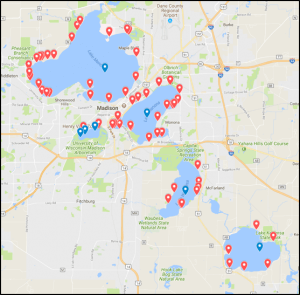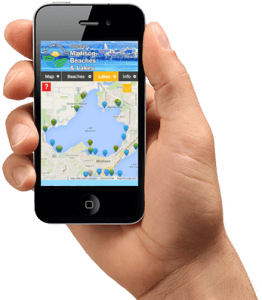Recent heavy rain storms flush algae-causing phosphorus through storm sewers into lakes
MADISON, Wis. — Heavy rain events over the past two weeks in the Madison area are setting up its lakes for toxic blue-green algae blooms in the coming months. With one pound of phosphorus having the capability to create 500 pounds of algae, the need to slow or divert runoff is imperative.
“The heavy rain storms we’ve had over the past several weeks have made harmful runoff issues visible to the naked eye,” says Clean Lakes Alliance Executive Director James Tye. “From our Foley & Lardner donated offices in Verex Plaza next to James Madison Park, we’ve witnessed huge plumes of sediment wash into the lake multiple times over the past few weeks.
